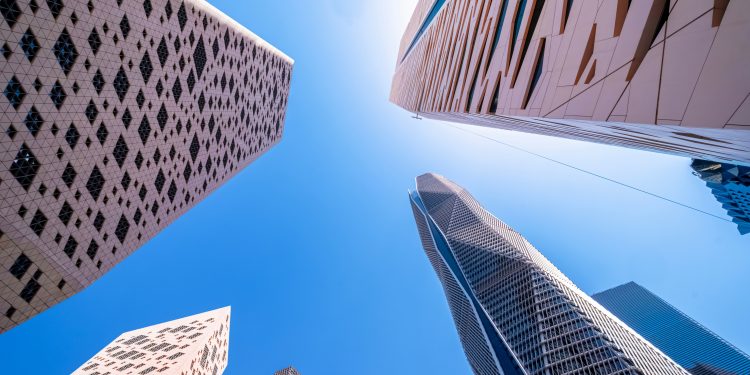Saudi Arabia is initiating a massive $1 trillion investment plan across six key sectors by 2030, as highlighted by Goldman Sachs Research. This marks a notable shift, with a reduced focus on the oil industry.
Approximately 73% of this expenditure is earmarked for non-oil sectors, an increase from the previously projected 66%. The clean energy sector stands out, with funding expected to soar to $235 billion, up from $148 billion, driven by ambitious renewable energy goals. Saudi Arabia has doubled its 2030 solar power target.
The oil sector, however, will see a $40 billion cut in investment between 2024 and 2028. New forecasts suggest upstream oil and gas investments will be between $190-220 billion, down from $230-260 billion. Despite this, natural gas remains vital for the country’s decarbonization and economic diversification.
Renewable energy development has accelerated, with 11 GW of solar photovoltaic capacity in progress and 16.7 GW of solar and wind capacity planned as of June 2024. The 2030 solar target has been revised to 100-130 GW from 58.7 GW.
Saudi Arabia is also prioritizing other sectors to lessen oil dependency. The mining sector is set to award over 30 exploration licenses this year, supported by a $182 million mineral exploration incentive. Additionally, $200 billion is allocated to enhance transportation and logistics, including aviation and electric vehicles.
Financing this vast plan poses challenges amid tighter liquidity and rising budget deficits. The budget deficit is expected to widen to 4.3% of GDP, up from 2% last year, due to increased spending and lower oil revenues. To address a $25 billion annual funding gap, alternative financing beyond traditional loans is needed.
Efforts to develop equity and debt markets are underway, with the Public Investment Fund (PIF) actively issuing bonds, totaling $7.8 billion in 2024. These measures aim to ease banking sector pressure and support the ambitious investments.
Saudi Arabia remains focused on leveraging these investments to drive economic diversification and sustainable growth.


